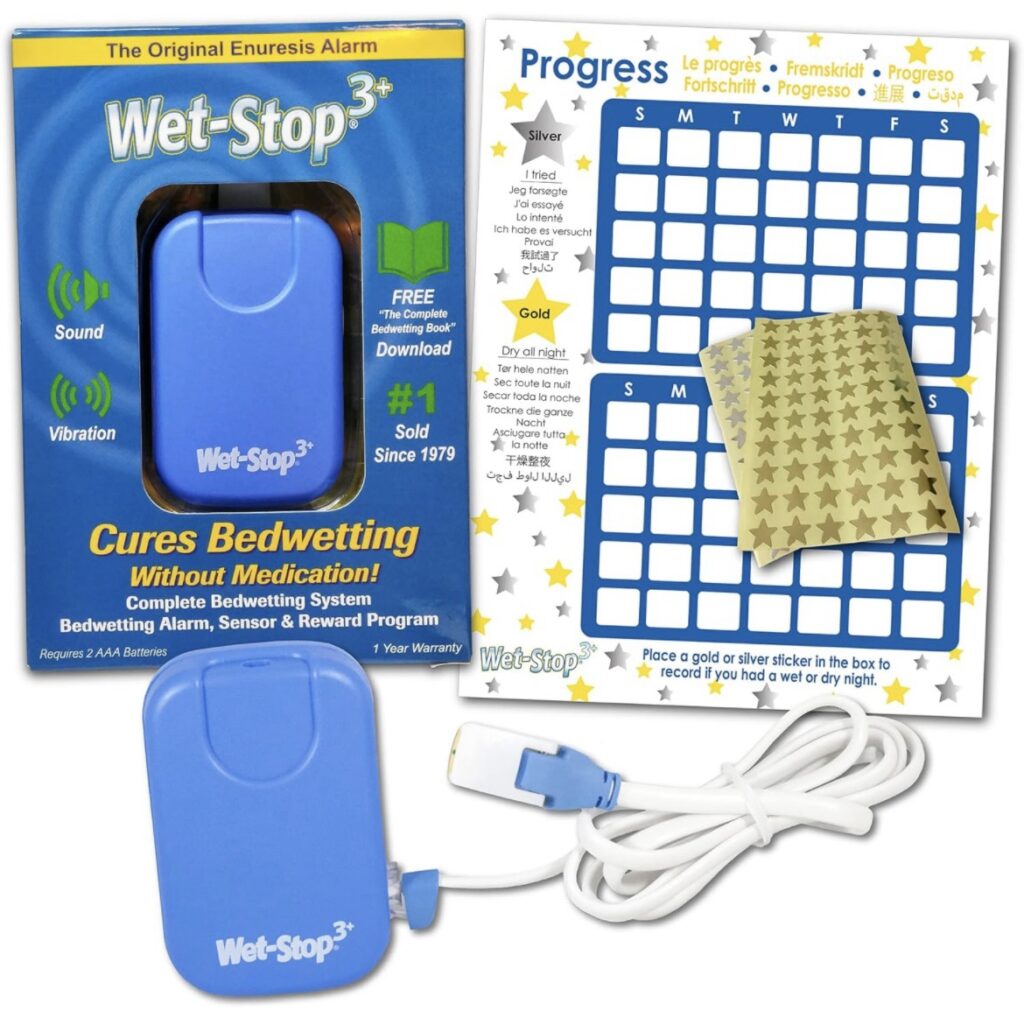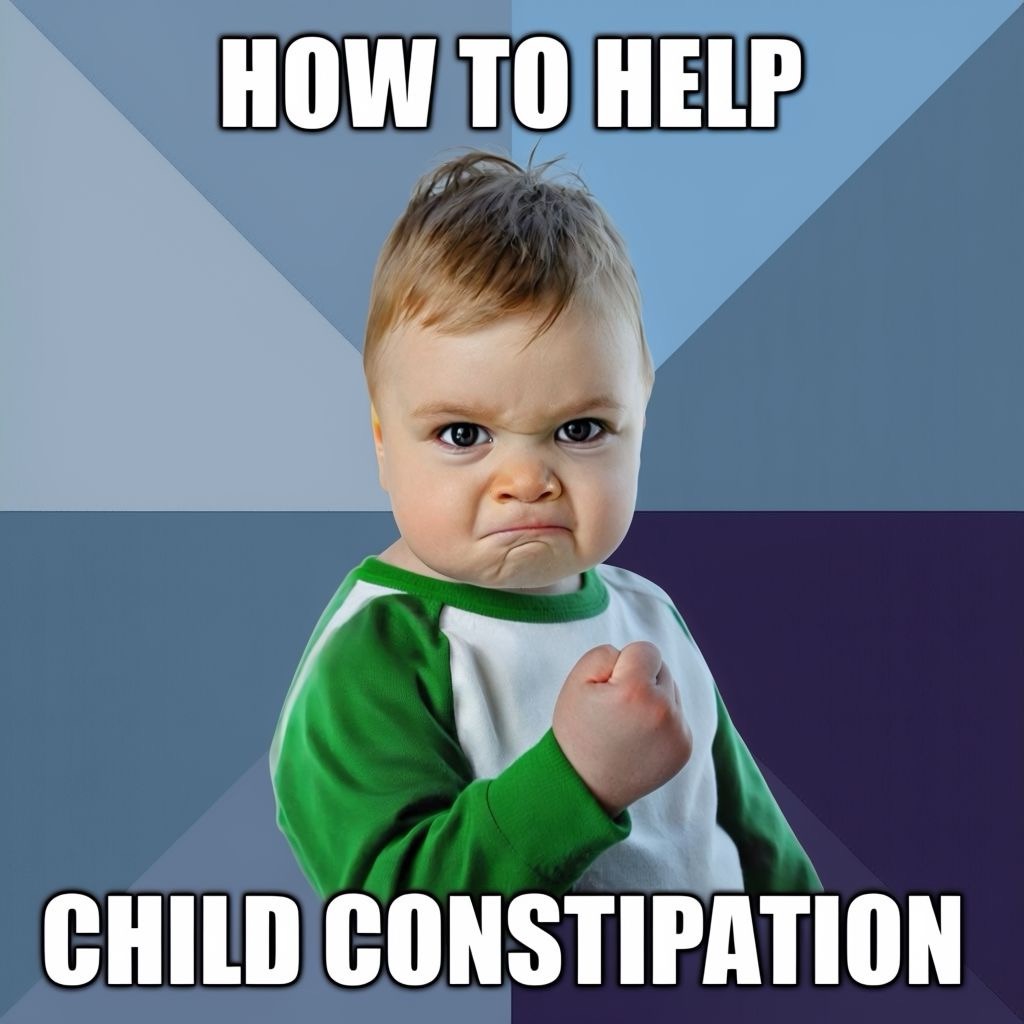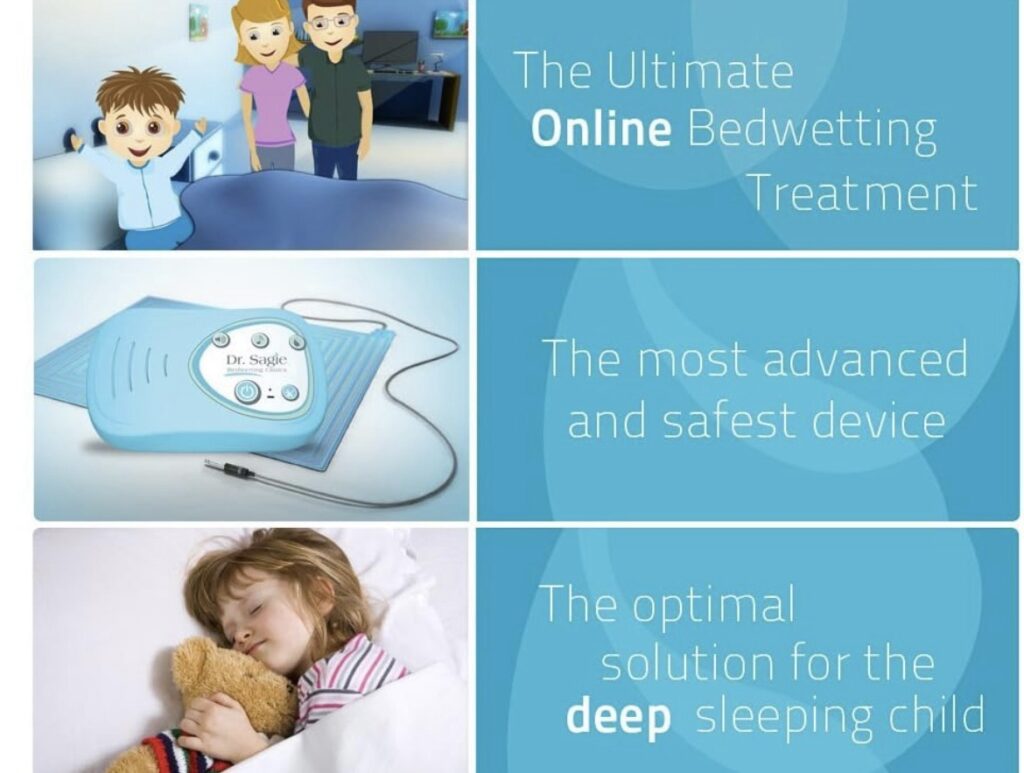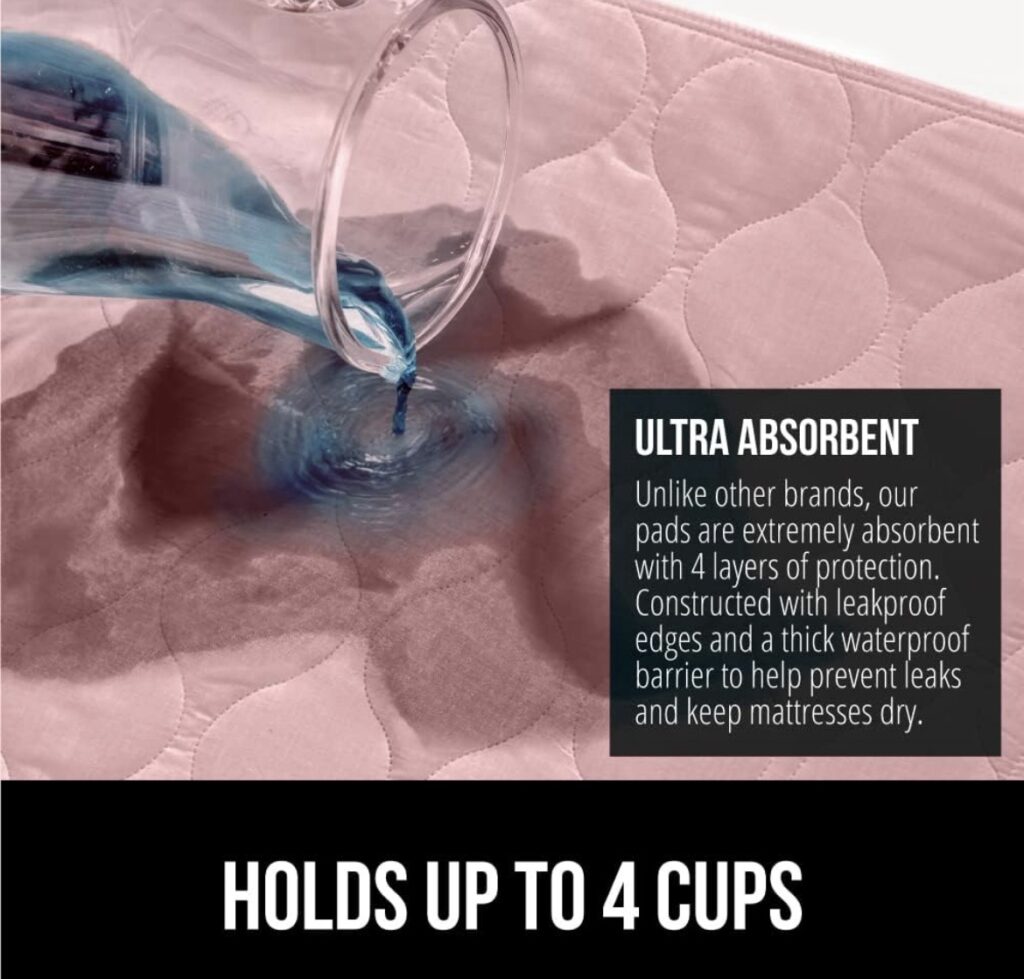Nighttime incontinence in kids, also known as bedwetting or nocturnal enuresis, is a common issue that many parents face. It can be a stressful and challenging situation for both children and their families. Understanding and addressing nighttime incontinence is crucial for helping your child feel confident and ensuring a good night’s sleep for everyone. In this guide, we’ll explore the causes of nighttime incontinence, effective treatments, and practical tips for managing this condition in children. Whether you’re dealing with occasional accidents or more frequent episodes, these strategies can help you and your child navigate this phase with greater ease.

Understanding Nighttime Incontinence in Kids
Nighttime incontinence, or nocturnal enuresis, is the involuntary release of urine during sleep in children who are old enough to control their bladder. It’s a common condition, affecting millions of kids worldwide, and can be influenced by a variety of factors. Understanding the root causes can help parents approach the issue with empathy and knowledge.
Definition and Overview of Nighttime Incontinence Nighttime incontinence refers to the inability of a child to stay dry throughout the night. It’s essential to differentiate between primary and secondary enuresis:
- Primary Enuresis: When a child has never been consistently dry at night.
- Secondary Enuresis: When a child who has been dry for at least six months starts wetting the bed again.
Common Causes of Nighttime Incontinence in Children Several factors can contribute to nighttime incontinence in kids:
- Genetics: A family history of bedwetting can increase the likelihood that a child will also experience nighttime incontinence.
- Developmental Factors: The development of the bladder may be slower in some children, impacting their ability to hold urine overnight.
- Deep Sleep Patterns: Some kids sleep so deeply that their brain doesn’t wake them when their bladder is full.
- Hormonal Factors: A deficiency in antidiuretic hormone (ADH) can lead to increased urine production at night.
- Medical Conditions: Conditions like urinary tract infections (UTIs), diabetes, or constipation can also contribute to nighttime incontinence.
Understanding these factors can help parents realize that nighttime incontinence is not their child’s fault and that it often resolves with time and appropriate strategies. For more insights on related topics, check out this guide on embracing the new chapter of your 4-year-old getting glasses.
Addressing the underlying causes and providing support can make a significant difference in managing nighttime incontinence effectively.

Common Causes of Child Nighttime Incontinence
Understanding the common causes of nighttime incontinence in children can help parents approach the issue with more compassion and find effective solutions. Here are some of the primary reasons why children may experience nighttime incontinence:
1. Genetics and Family History
- Genetic Link: If there is a family history of bedwetting, it is more likely that a child will also experience nighttime incontinence. Genetics play a significant role, and many children outgrow the condition as they age, just like their parents did.
2. Developmental Factors and Bladder Size
- Bladder Development: Some children may have smaller bladders or may develop bladder control more slowly than others. This can result in an inability to hold urine throughout the night.
- Maturation: As children grow, their bladder capacity increases, and they usually gain better control over their urinary functions.
3. Deep Sleep Patterns
- Heavy Sleepers: Children who are deep sleepers may not wake up when their bladder is full. Their brain may not respond to the signals sent by the bladder, leading to nighttime incontinence.
4. Hormonal Factors
- Antidiuretic Hormone (ADH) Deficiency: ADH reduces urine production at night. Some children may not produce enough of this hormone, leading to higher urine volumes and an increased risk of bedwetting.
5. Medical Conditions
- Urinary Tract Infections (UTIs): UTIs can cause frequent urination and urgency, contributing to bedwetting. If a UTI is suspected, consult a healthcare provider for proper diagnosis and treatment.
- Constipation: Chronic constipation can put pressure on the bladder, leading to nighttime incontinence. Ensuring your child has a healthy diet and regular bowel movements can help alleviate this issue.
- Diabetes: In some cases, bedwetting can be an early sign of diabetes, especially if accompanied by other symptoms such as increased thirst and weight loss. It’s essential to consult a healthcare provider if you suspect an underlying medical condition.
Identifying the cause of your child’s nighttime incontinence can guide you towards the most appropriate solutions. Understanding these factors can also alleviate some of the stress and frustration associated with bedwetting.
For more tips on managing responsibilities and routines, which can indirectly support better nighttime habits, consider integrating age-appropriate chores. Learn more about this in our guide on age-appropriate chores for kids from toddlers to teens.
By understanding and addressing these causes, you can help your child overcome nighttime incontinence and foster a supportive environment that promotes their overall well-being.

Solutions and Treatments for Kids’ Nighttime Incontinence
Finding effective solutions for nighttime incontinence can significantly improve your child’s confidence and quality of life. Here are some strategies and treatments to help manage and eventually overcome bedwetting:
1. Lifestyle Changes and Practical Tips for Parents
- Limit Fluids Before Bed: Reduce your child’s fluid intake in the evening, especially one to two hours before bedtime. Encourage them to drink more fluids earlier in the day to stay hydrated.
- Scheduled Bathroom Visits: Establish a routine of using the bathroom right before going to bed. Additionally, you can wake your child once during the night to use the bathroom, which can help reduce the chances of bedwetting.
- Bedtime Routine: Create a calming bedtime routine to help your child relax and prepare for sleep. Stress and anxiety can contribute to nighttime incontinence, so a peaceful routine can be beneficial.
2. Bedwetting Alarms as a Proven Solution
- How They Work: Bedwetting alarms are devices that detect moisture and wake the child when they start to wet the bed. Over time, this helps train the brain to respond to bladder signals during sleep.
- Product Recommendation: Consider using the 3 Blue Bedwetting Enuresis Alarm with loud sound and strong vibration, which is a proven solution for bedwetters. This alarm can help your child develop better bladder control and eventually stay dry through the night.
3. Use of Nighttime Underwear and Mattress Protectors
- Nighttime Underwear: Products like Goodnites Bedwetting Underwear provide comfort and protection for your child. These specially designed undergarments help manage nighttime incontinence discreetly and keep the bed dry.
- Mattress Protectors: Protect the mattress with waterproof pads, such as the Gorilla Grip Washable Toddler Mattress Incontinence Pads. These pads are reusable, absorbent, and provide an extra layer of protection, making cleanup easier and preserving the mattress.
4. Professional Treatments and When to Seek Medical Advice
- Consult a Healthcare Provider: If lifestyle changes and home treatments are not effective, consult a healthcare provider. They can check for underlying medical conditions and recommend appropriate treatments.
- Medication: In some cases, medication may be prescribed to help manage nighttime incontinence. These medications can reduce urine production or improve bladder control.
- Therapy: Psychological or behavioral therapy can be helpful, especially if emotional stress or anxiety is contributing to the bedwetting.

Implementing these solutions can help your child manage and overcome nighttime incontinence. It’s essential to approach the situation with patience and support, reinforcing positive behaviors and celebrating progress.
For further guidance on helping your child develop healthy habits and routines, explore our ultimate guide to dirt bikes for kids. While not directly related to bedwetting, maintaining a structured daily routine can benefit overall child development and indirectly support better nighttime habits.
By combining practical tips, effective products, and professional advice, you can create a supportive environment that helps your child overcome nighttime incontinence and gain confidence in their ability to stay dry.

Creating a Supportive Environment for Your Child
Supporting your child through nighttime incontinence involves more than just practical solutions; it also requires emotional support and understanding. Creating a positive, stress-free environment can make a significant difference in how your child copes with and eventually overcomes bedwetting.
1. Emotional Support and Encouragement
- Stay Positive: Approach nighttime incontinence with a positive attitude. Reassure your child that bedwetting is a common issue that many kids experience and that it’s not their fault.
- Avoid Punishment: Never punish or shame your child for wetting the bed. This can lead to increased anxiety and worsen the problem. Instead, offer encouragement and celebrate dry nights as achievements.
- Be Patient: Understand that overcoming bedwetting can take time. Show patience and continue to support your child throughout the process.
2. Communicating Openly with Your Child About Nighttime Incontinence
- Open Dialogue: Have open and honest conversations with your child about nighttime incontinence. Let them know they can talk to you about their feelings and concerns without fear of judgment.
- Educate: Help your child understand what nighttime incontinence is and why it happens. This knowledge can reduce their anxiety and help them feel more in control of the situation.
3. Establishing a Positive and Stress-Free Bedtime Routine
- Consistent Routine: Create a consistent bedtime routine that helps your child relax and prepares them for sleep. This can include activities like reading a book, taking a warm bath, or listening to calming music.
- Reduce Stress: Minimize stressors that might affect your child’s sleep. Ensure that their bedroom is a comfortable and safe space where they can unwind.
4. Practical Tips to Support Your Child
- Easy Clean-Up: Make clean-up easier by using products like Gorilla Grip Washable Toddler Mattress Incontinence Pads. These pads protect the mattress and make it quick and simple to change the bedding after an accident.
- Nighttime Products: Equip your child with Goodnites Bedwetting Underwear to help them feel more secure and reduce the stress associated with bedwetting.
5. Building Confidence Through Responsibility
- Involve Your Child: Encourage your child to take part in managing their bedwetting. This can include helping to change the bedding or setting up their bedwetting alarm. Empowering them with responsibility can boost their confidence.
- Age-Appropriate Chores: Incorporate other responsibilities into their daily routine to build their sense of independence and self-esteem. For more ideas, check out our guide on age-appropriate chores for kids.
Creating a supportive environment is crucial in helping your child overcome nighttime incontinence. By offering emotional support, maintaining open communication, and establishing a positive bedtime routine, you can make this challenging phase more manageable for your child and your family.
By combining emotional support with practical strategies, you can help your child navigate and eventually overcome nighttime incontinence, leading to a more confident and happy kid.

Helpful Tools and Products for Managing Nighttime Incontinence
To effectively manage nighttime incontinence in kids, utilizing the right tools and products can make a significant difference. These items are designed to provide comfort, convenience, and support for both children and parents.
1. Bedwetting Alarms
- How They Work: Bedwetting alarms are devices that detect moisture and alert the child with a sound or vibration when they start to wet the bed. This helps train the brain to wake up and use the bathroom.
- Recommended Product: The 3 Blue Bedwetting Enuresis Alarm is a proven solution for bedwetters. It features a loud sound and strong vibration, making it effective for deep sleepers.
2. Nighttime Bedwetting Underwear
- Comfort and Protection: Specially designed nighttime underwear provides comfort and protection, helping kids stay dry and confident throughout the night.
- Recommended Product: Goodnites Bedwetting Underwear offers excellent absorption and a comfortable fit, making them ideal for managing nighttime incontinence discreetly.
3. Mattress Protectors and Incontinence Pads
- Protection and Convenience: Waterproof mattress protectors and incontinence pads help keep the bed dry, making clean-up easier and protecting the mattress from damage.
- Recommended Product: Gorilla Grip Washable Toddler Mattress Incontinence Pads are reusable, absorbent, and provide an extra layer of protection. These pads are easy to wash and help manage leaks effectively.
4. Absorbent Bed Pads
- Ease of Use: Bed pads are an excellent addition to nighttime management, offering extra protection and making clean-up simpler.
- Recommended Product: The World’s #1 Bedwetting Solution includes high-quality absorbent bed pads that are effective in managing nighttime incontinence.
5. Supportive Resources and Guides
- Educational Tools: Utilize resources that offer tips and strategies for managing bedwetting and supporting your child through this phase.
- Recommended Reading: For more insights on maintaining routines and managing responsibilities, explore our articles on age-appropriate chores for kids and the ultimate guide to dirt bikes for kids. These guides can help you create a structured environment that supports your child’s overall development.
6. Incentive Programs
- Reward Systems: Implement a reward system to encourage dry nights and reinforce positive behavior. Simple incentives like stickers, small toys, or special privileges can motivate your child.
- Routine Charts: Use charts to track progress and celebrate achievements. This visual aid can help children see their progress and stay motivated.
By integrating these tools and products into your routine, you can more effectively manage nighttime incontinence and provide a supportive environment for your child. Each product is designed to offer practical solutions that ease the challenges associated with bedwetting, helping both you and your child feel more confident and secure.
Managing nighttime incontinence with the right tools and products can make a world of difference in your child’s comfort and confidence. By utilizing these resources, you can support your child through this phase and help them achieve dry nights.

Long-Term Management and Preventative Measures
Managing nighttime incontinence in kids involves both immediate strategies and long-term approaches to ensure lasting success. Here are some methods to help your child maintain dry nights and build healthy habits over time:
1. Monitoring and Adjusting Strategies
- Track Progress: Keep a record of your child’s dry and wet nights to identify patterns and measure progress. This can help you determine which strategies are working and where adjustments may be needed.
- Adjust as Needed: Be flexible and willing to modify your approach based on your child’s progress and any new insights you gain. What works for one child might not work for another, so it’s essential to tailor your strategies to fit your child’s unique needs.
2. Incorporating Age-Appropriate Chores and Responsibilities
- Building Confidence: Assigning age-appropriate chores can help build your child’s confidence and sense of responsibility. Completing tasks successfully can enhance their self-esteem and encourage independence.
- Routine Development: Establishing a routine that includes daily responsibilities can create a structured environment that supports good habits, including those related to nighttime incontinence. Learn more about suitable tasks in our guide on age-appropriate chores for kids.
3. Encouraging Good Bathroom Habits and Routines
- Regular Bathroom Visits: Encourage your child to use the bathroom regularly throughout the day and right before bedtime. Consistent bathroom habits can help improve bladder control.
- Fluid Management: Teach your child to drink plenty of fluids during the day but reduce fluid intake in the evening. This balance ensures they stay hydrated while minimizing the risk of nighttime accidents.
4. Positive Reinforcement and Support
- Reward Systems: Use positive reinforcement to encourage dry nights. Rewards like stickers, small toys, or extra playtime can motivate your child and make the process more enjoyable.
- Emotional Support: Continue to provide emotional support and reassurance. Celebrate successes, no matter how small, and offer comfort and understanding when accidents happen.
5. Addressing Underlying Medical Conditions
- Regular Check-Ups: Schedule regular check-ups with your healthcare provider to monitor your child’s overall health and address any potential medical issues that may contribute to nighttime incontinence.
- Specialist Consultations: If nighttime incontinence persists despite trying various strategies, consider consulting a pediatric urologist or another specialist. They can provide further evaluation and recommend specific treatments if needed.
6. Maintaining a Supportive and Stress-Free Environment
- Open Communication: Keep the lines of communication open with your child. Let them know that it’s okay to talk about their feelings and experiences with bedwetting.
- Reducing Stress: Ensure that your child’s environment is as stress-free as possible. Stress and anxiety can exacerbate bedwetting, so creating a calm and supportive home atmosphere is crucial.
7. Preparing for Travel and Sleepovers
- Planning Ahead: When traveling or attending sleepovers, plan ahead to manage nighttime incontinence discreetly. Pack essential items like bedwetting underwear, mattress protectors, and a change of clothes.
- Discussing with Hosts: If your child is attending a sleepover, discuss the situation with the host’s parents beforehand to ensure they are prepared and supportive.
For additional tips on helping your child navigate challenges and develop good habits, consider reading our guide on the ultimate guide to dirt bikes for kids. While it focuses on a different topic, the principles of setting routines and encouraging responsibility can be applied to managing nighttime incontinence.
By implementing these long-term management strategies and preventative measures, you can help your child build healthy habits and achieve lasting success in overcoming nighttime incontinence. With patience, support, and the right approach, your child can develop the confidence and independence needed to stay dry through the night.

Additional Tips and Resources
In addition to the strategies and tools mentioned earlier, there are several other tips and resources that can help you and your child manage nighttime incontinence effectively. Here are some additional insights and useful links:
1. Dealing with Nighttime Incontinence During Travel or Sleepovers
- Travel Preparation: When traveling, ensure you have all necessary items, such as bedwetting underwear, mattress protectors, and a spare set of clothes. Products like Goodnites Bedwetting Underwear are discreet and easy to pack.
- Sleepover Strategies: If your child is attending a sleepover, discreetly inform the host’s parents about the situation. Pack a bag with all the essentials, including the Gorilla Grip Washable Toddler Mattress Incontinence Pads to protect the bed.
2. Building a Routine and Staying Consistent
- Consistent Bedtime: Establish a consistent bedtime and wake-up time to regulate your child’s internal clock. This routine helps manage nighttime incontinence and promotes better sleep hygiene.
- Routine Bathroom Visits: Encourage your child to visit the bathroom at regular intervals during the day and just before bedtime.
3. Creating a Reward System
- Positive Reinforcement: Implement a reward system to celebrate dry nights and progress. Use small incentives like stickers, toys, or extra playtime to motivate your child.
- Visual Progress: Use a chart to track your child’s progress and visually celebrate their successes.
4. Educating Your Child
- Understanding Nighttime Incontinence: Help your child understand what nighttime incontinence is and why it happens. Knowledge can reduce their anxiety and help them feel more in control.
- Open Communication: Encourage your child to talk about their feelings and concerns. Reassure them that bedwetting is common and nothing to be ashamed of.
5. Useful Resources for Parents and Kids
- Educational Articles: Read articles that offer tips on child development, responsibilities, and managing various challenges. For example, check out Best Piggy Banks for Kids to teach financial responsibility, which can be part of building overall discipline.
- Support Groups: Join online forums or local support groups for parents dealing with nighttime incontinence. Sharing experiences and tips with other parents can provide valuable support and insights.
6. Practical Products for Managing Nighttime Incontinence
- Bedwetting Alarms: Consider using a bedwetting alarm like the 3 Blue Bedwetting Enuresis Alarm, which can help train your child’s brain to wake up when they need to urinate.
- Absorbent Bed Pads: Use absorbent bed pads such as The World’s #1 Bedwetting Solution to protect the mattress and make clean-up easier.
- Nighttime Underwear: Nighttime underwear like Goodnites Bedwetting Underwear provides discreet protection and comfort for your child, helping them feel more secure at night.

By incorporating these additional tips and utilizing the available resources, you can create a comprehensive plan to manage nighttime incontinence in your child. Remember, patience and consistency are key to helping your child overcome this challenge and build confidence.
Addressing nighttime incontinence requires a multi-faceted approach that combines practical tools, emotional support, and consistent routines. With these strategies, you can help your child achieve dry nights and foster a positive, supportive environment for their growth and development.

As an Amazon Associate we earn from qualifying purchases through some links in our articles.



